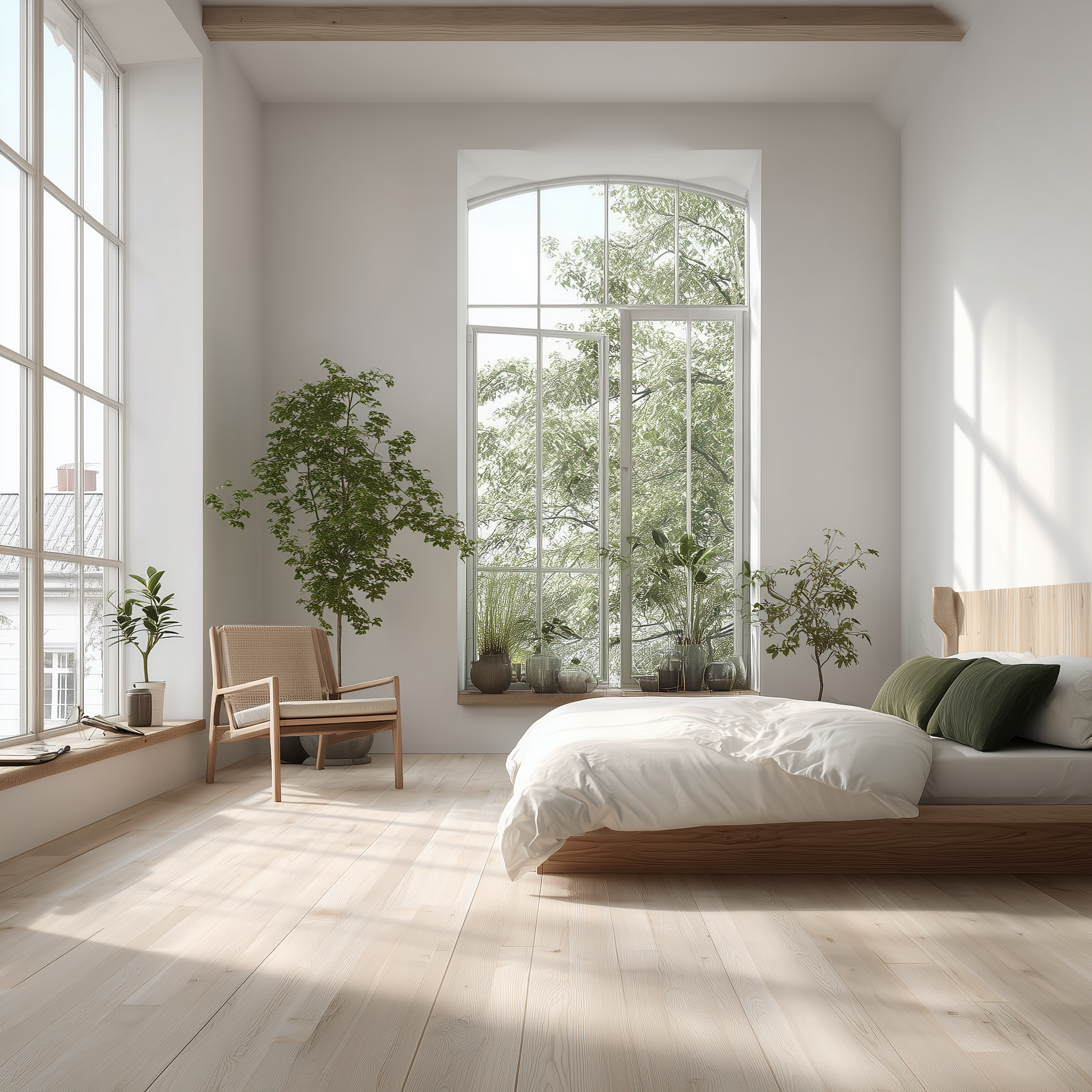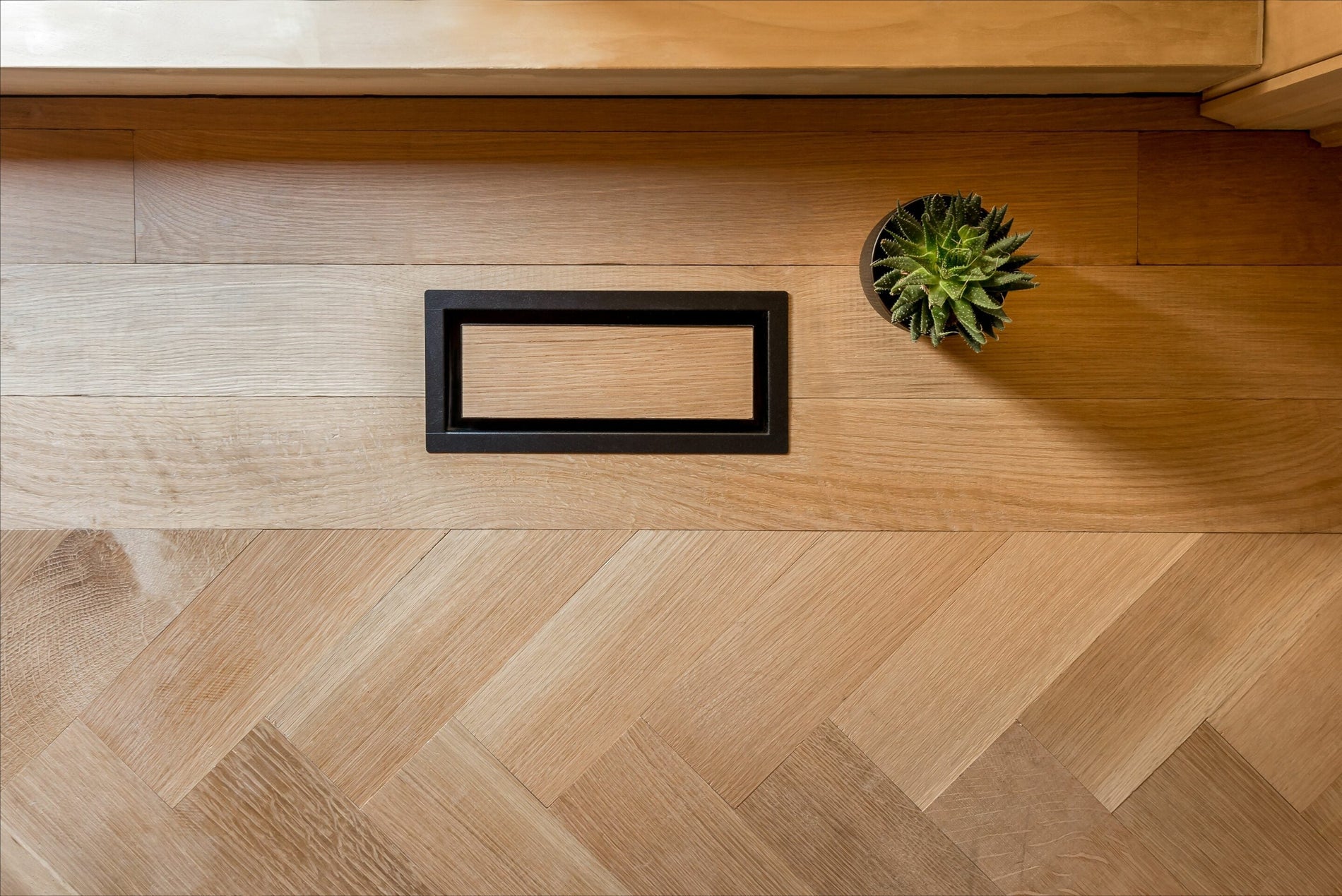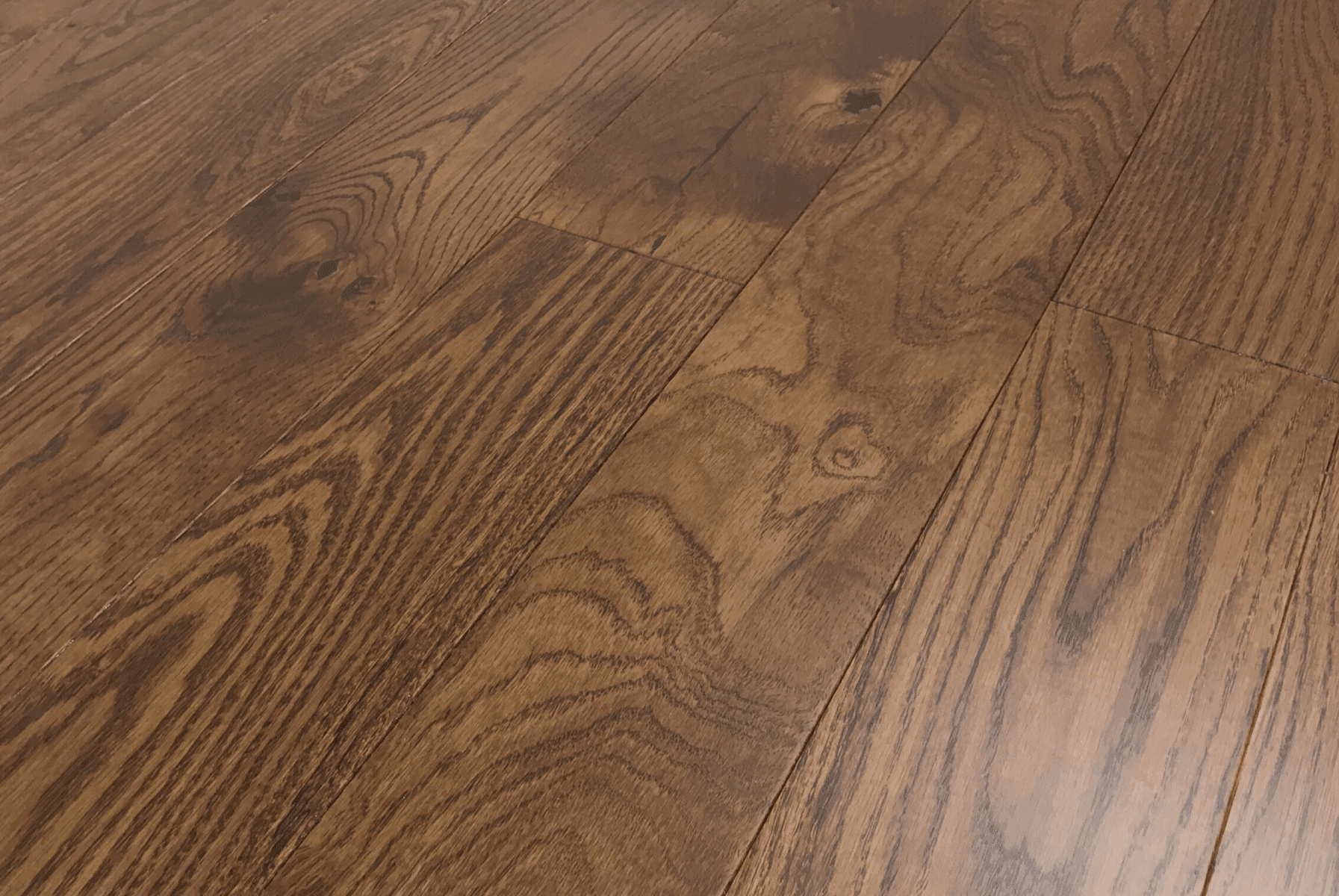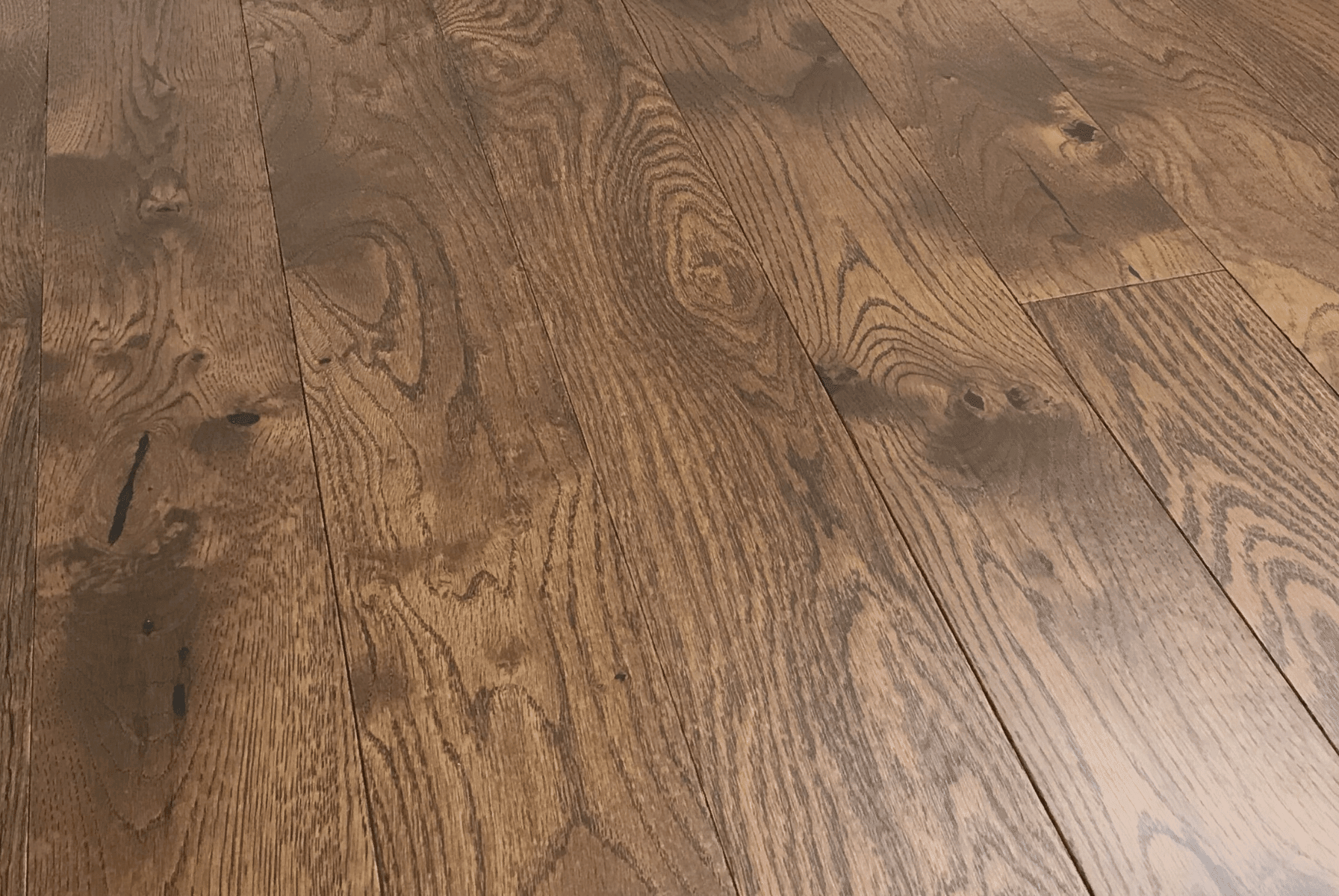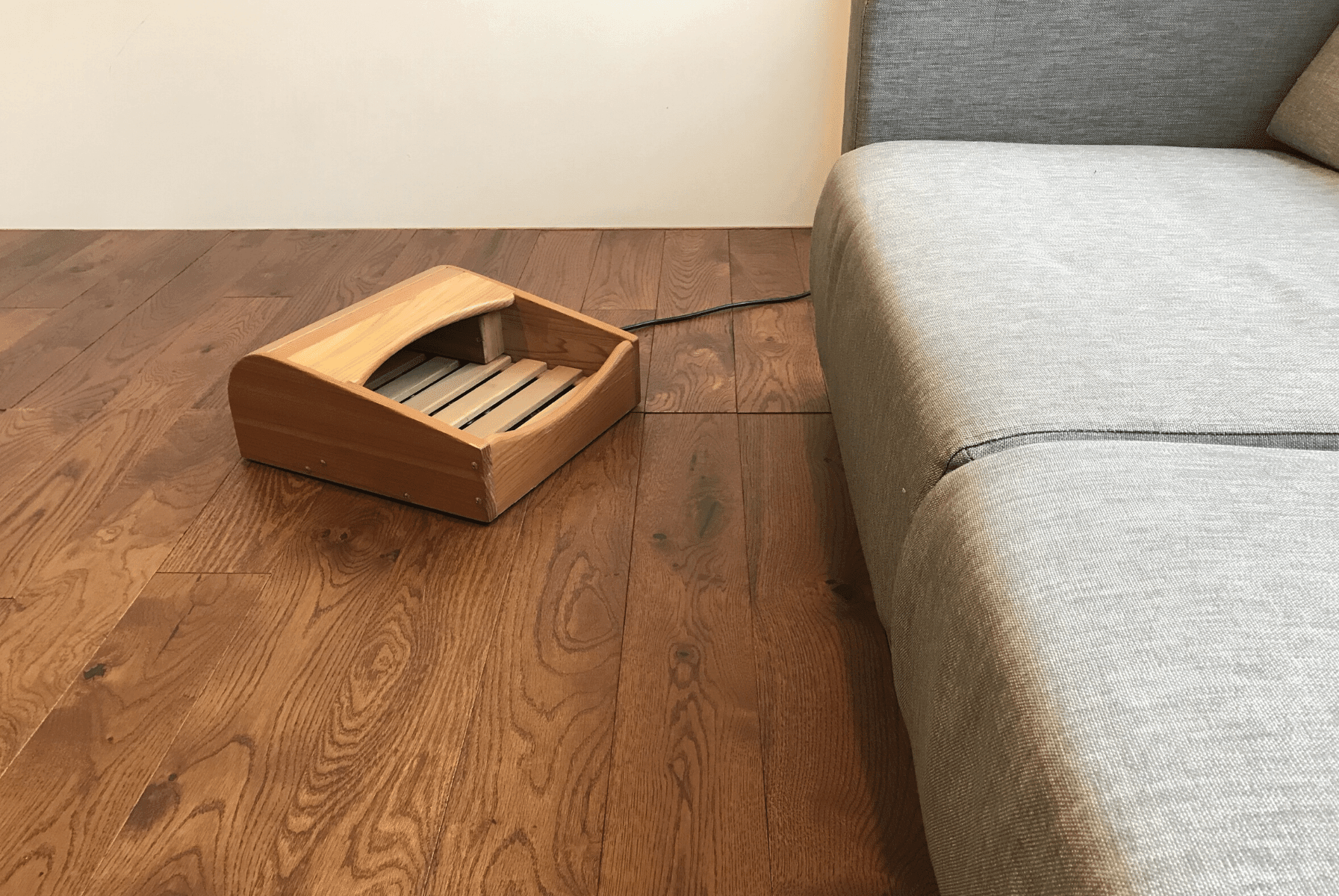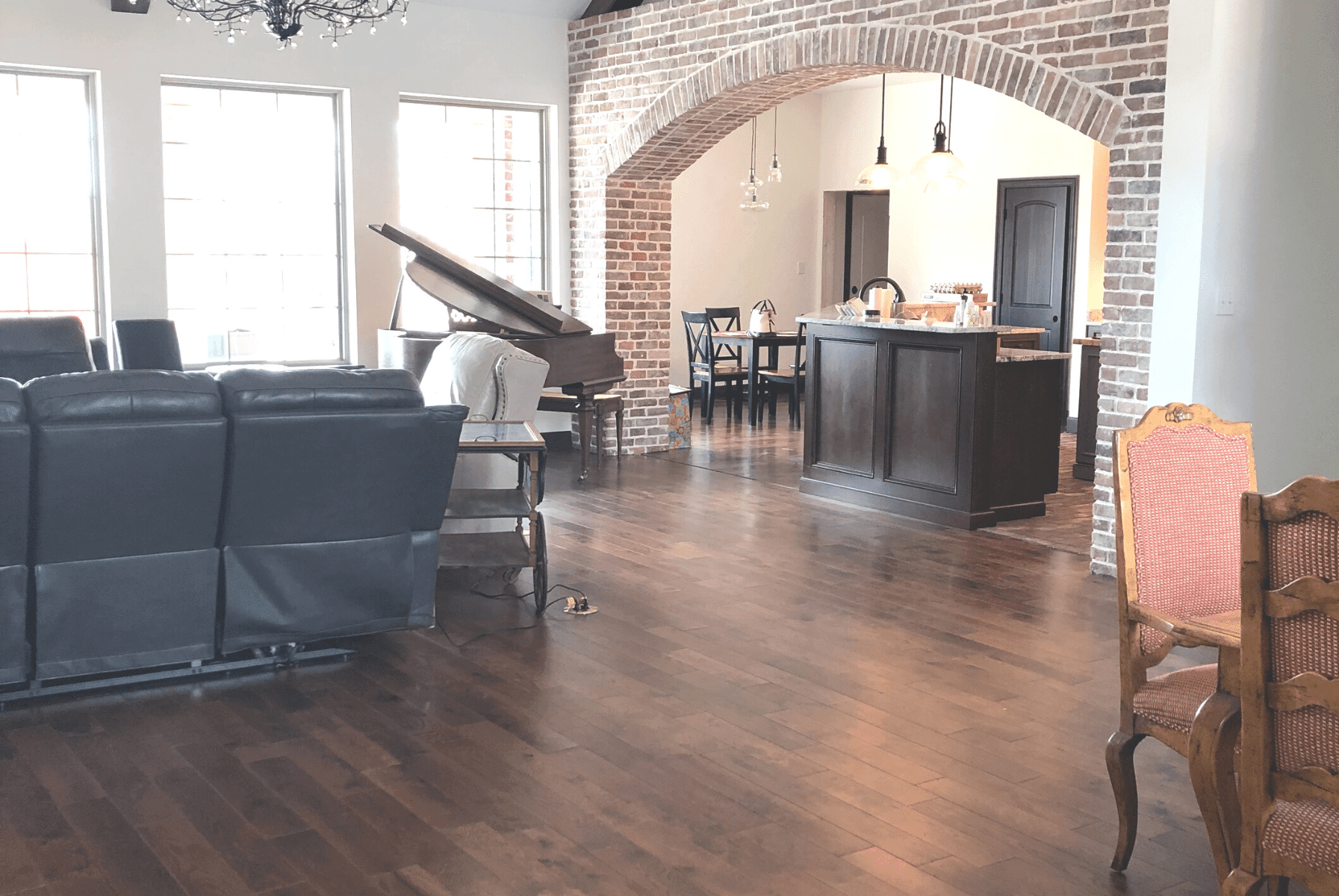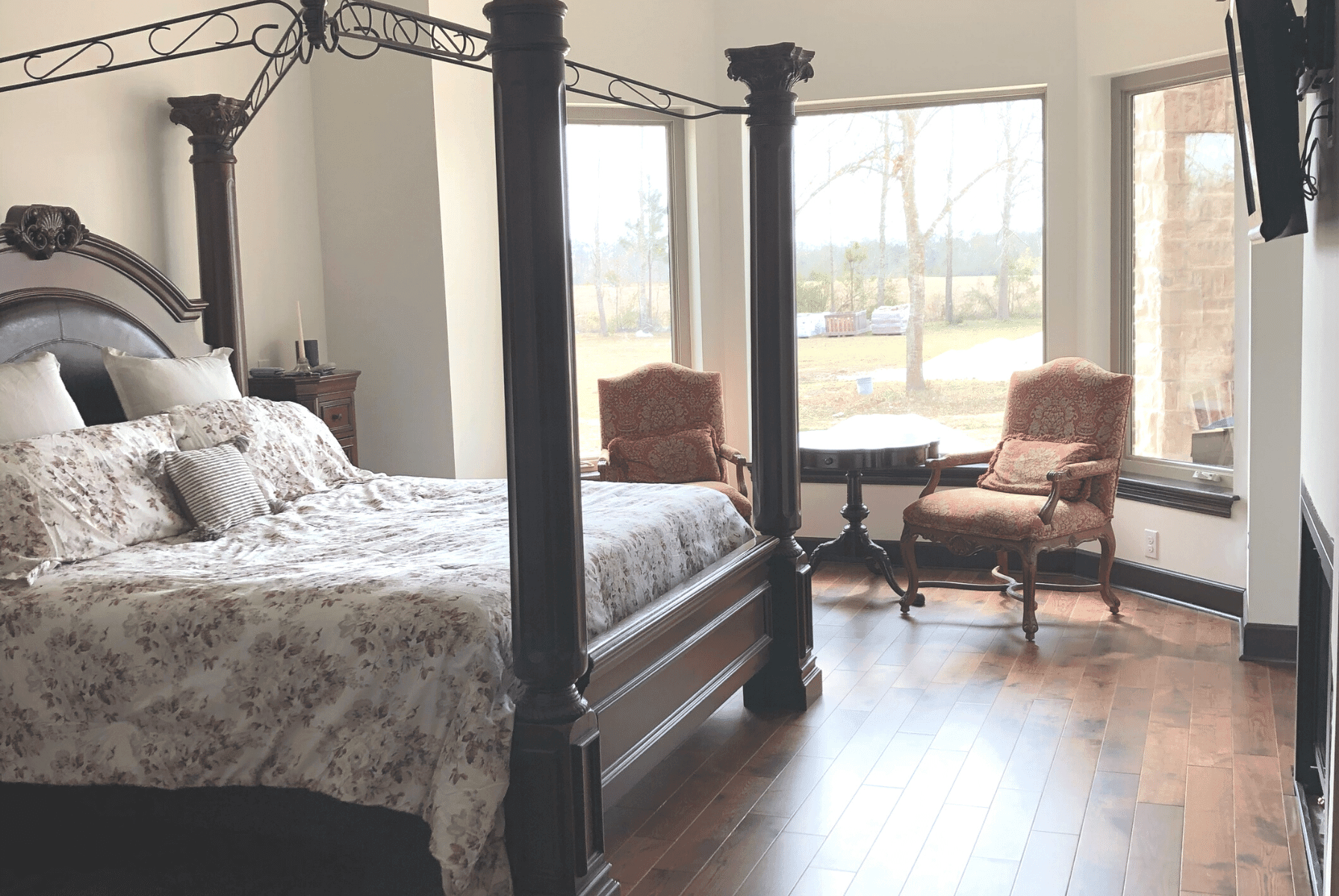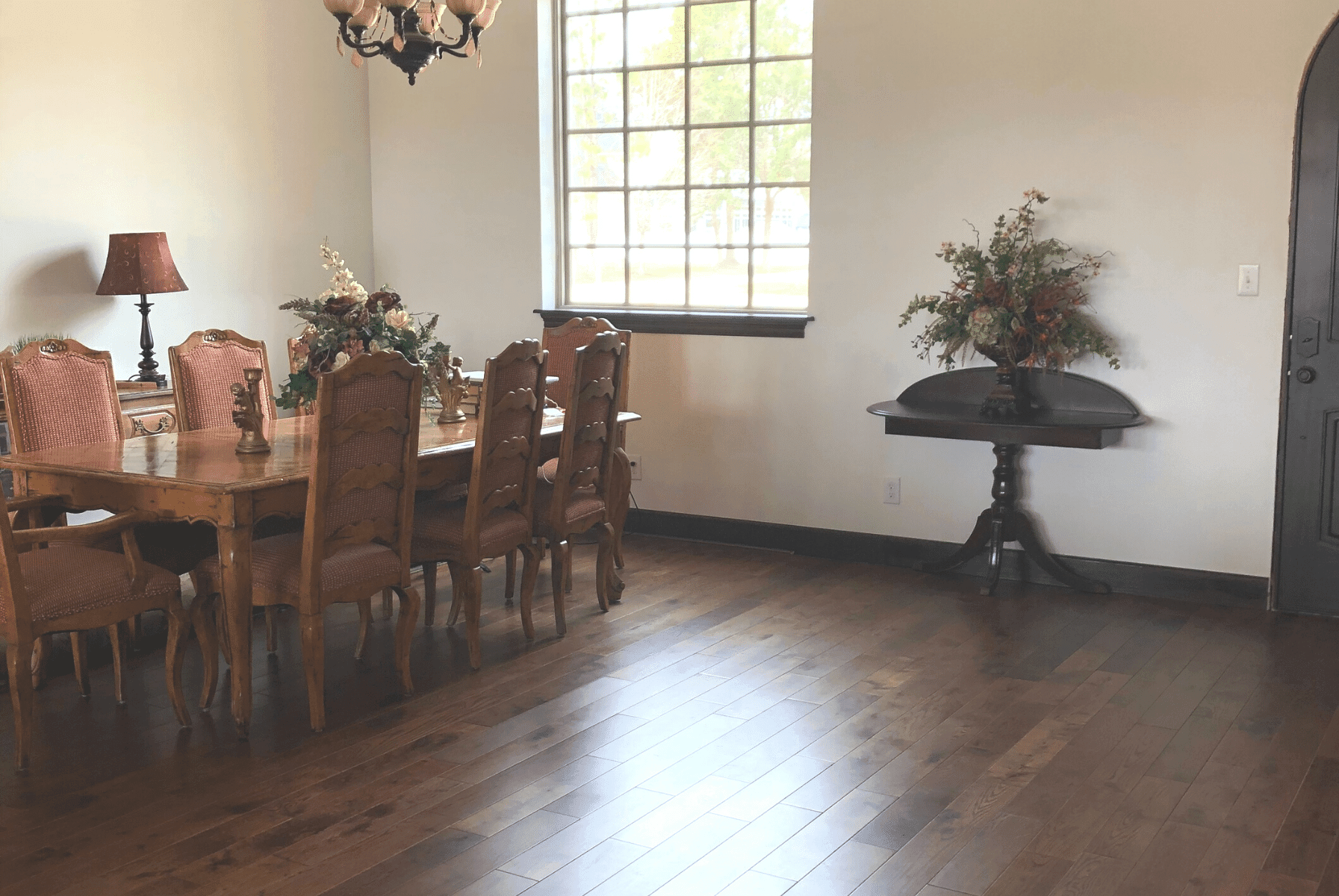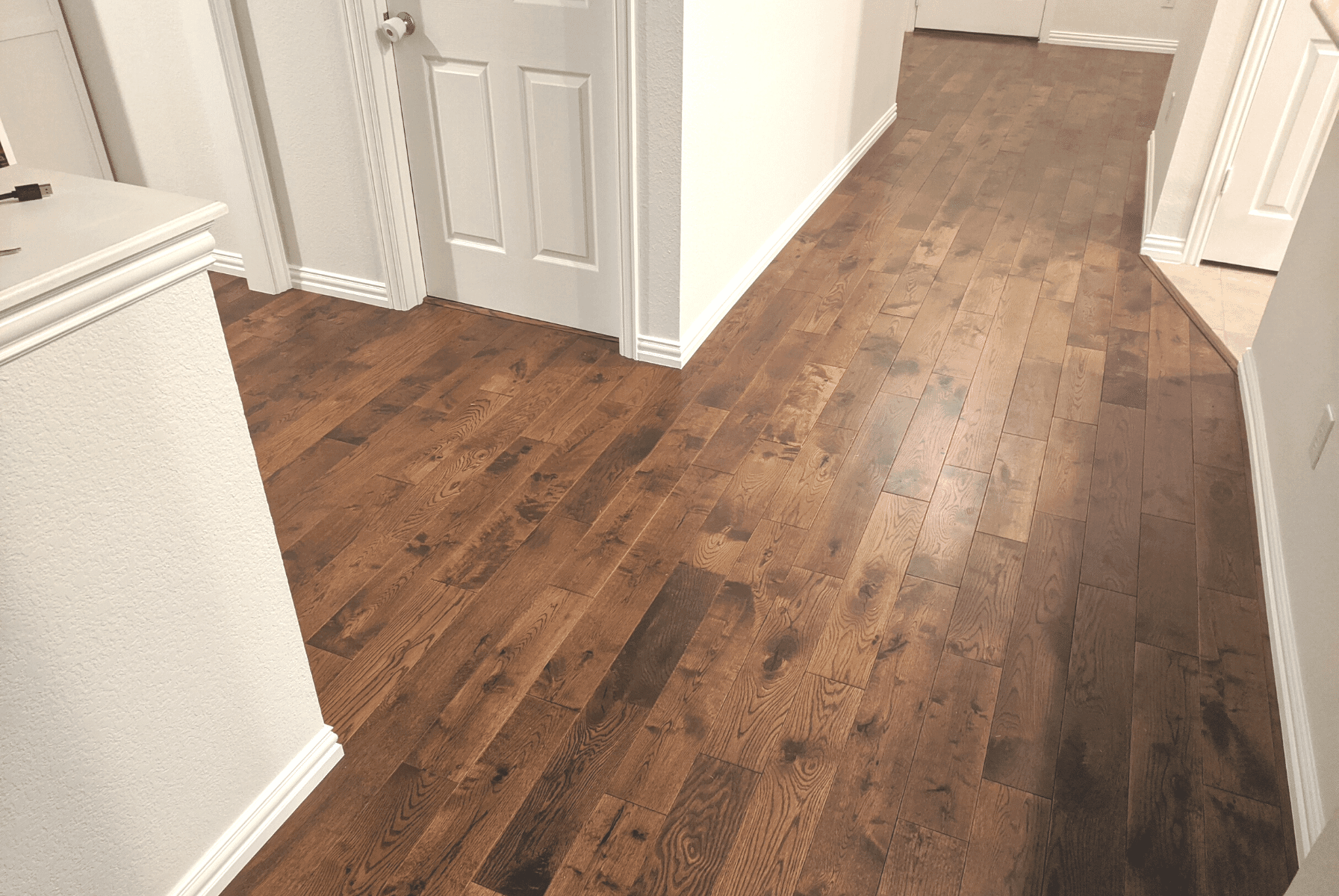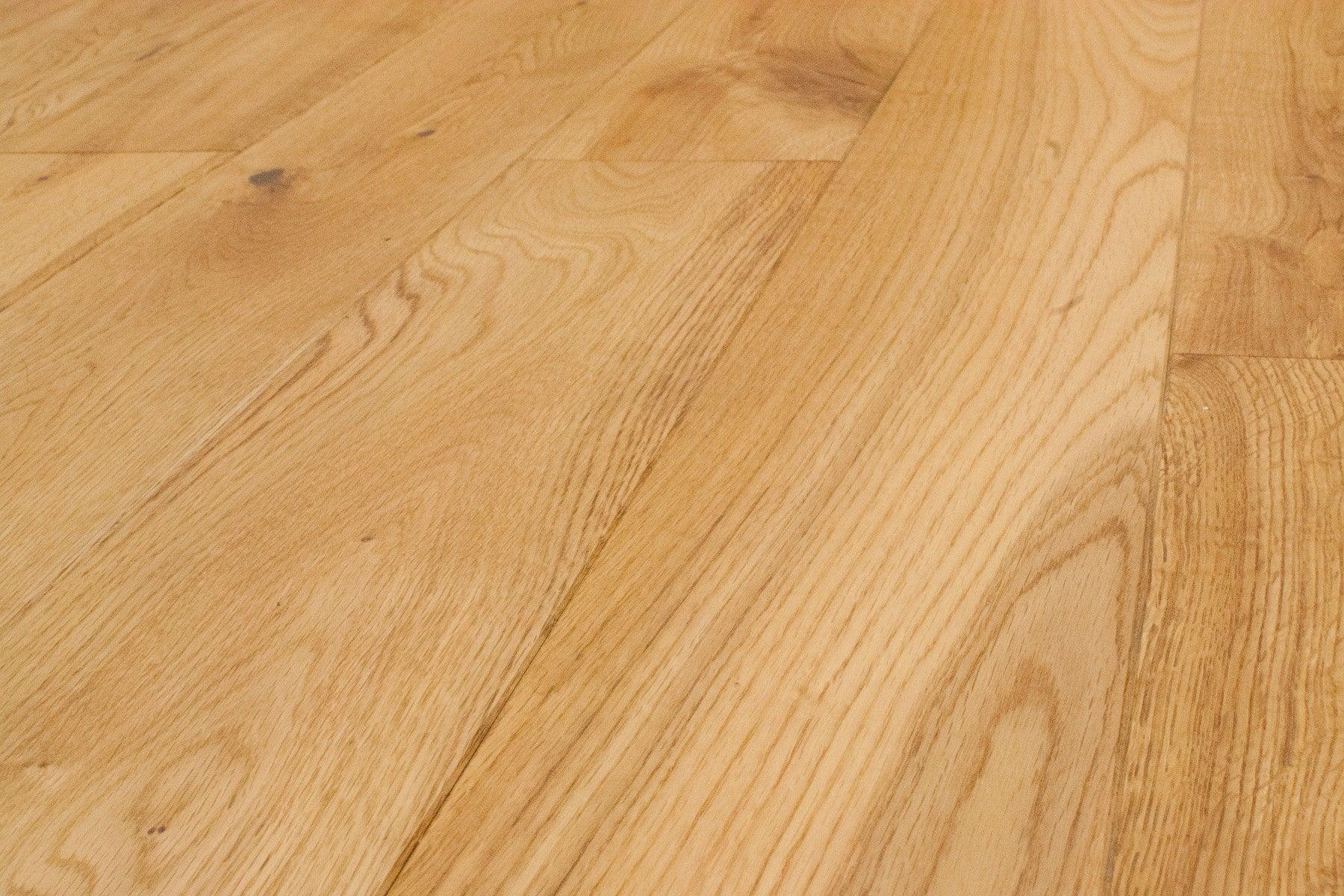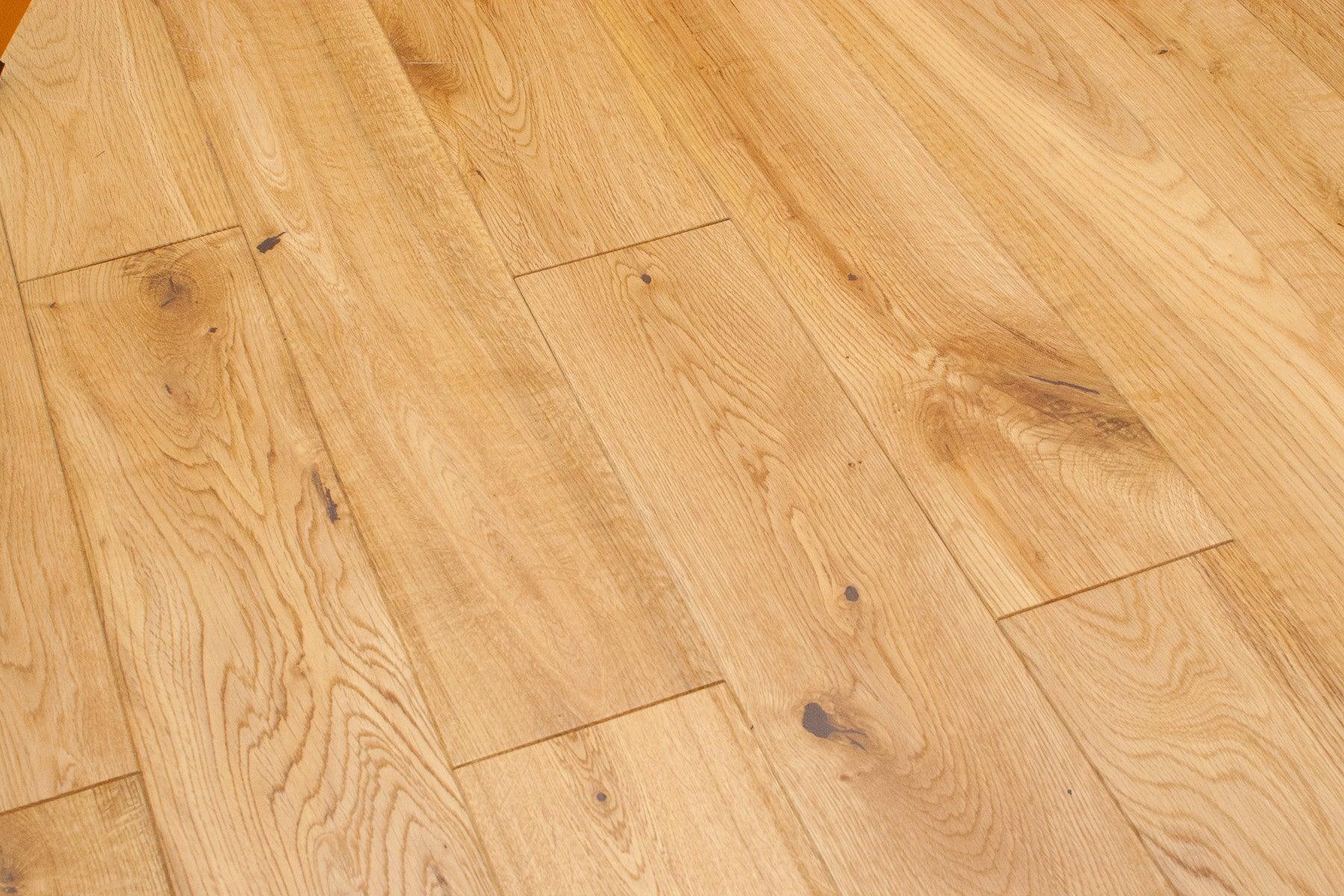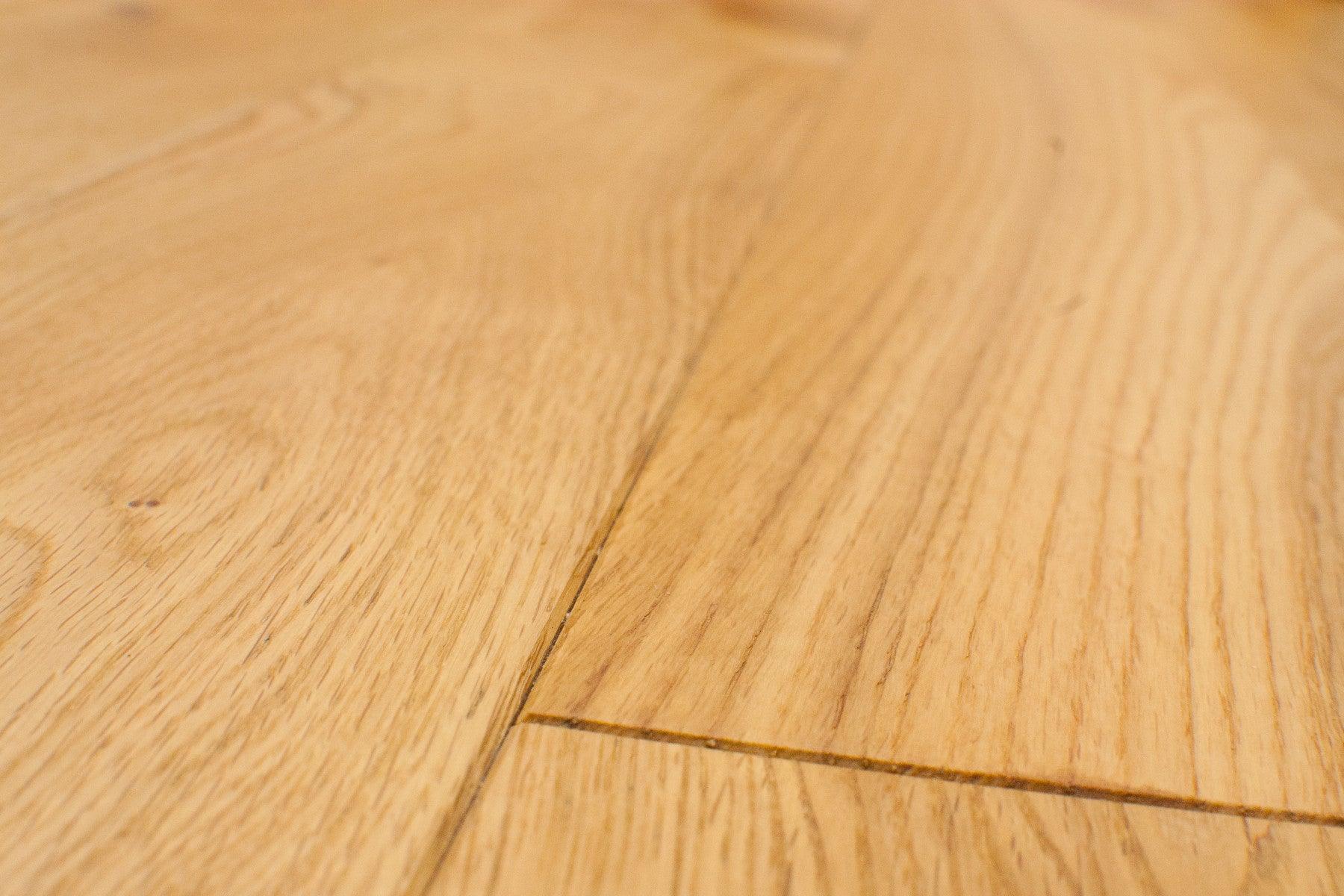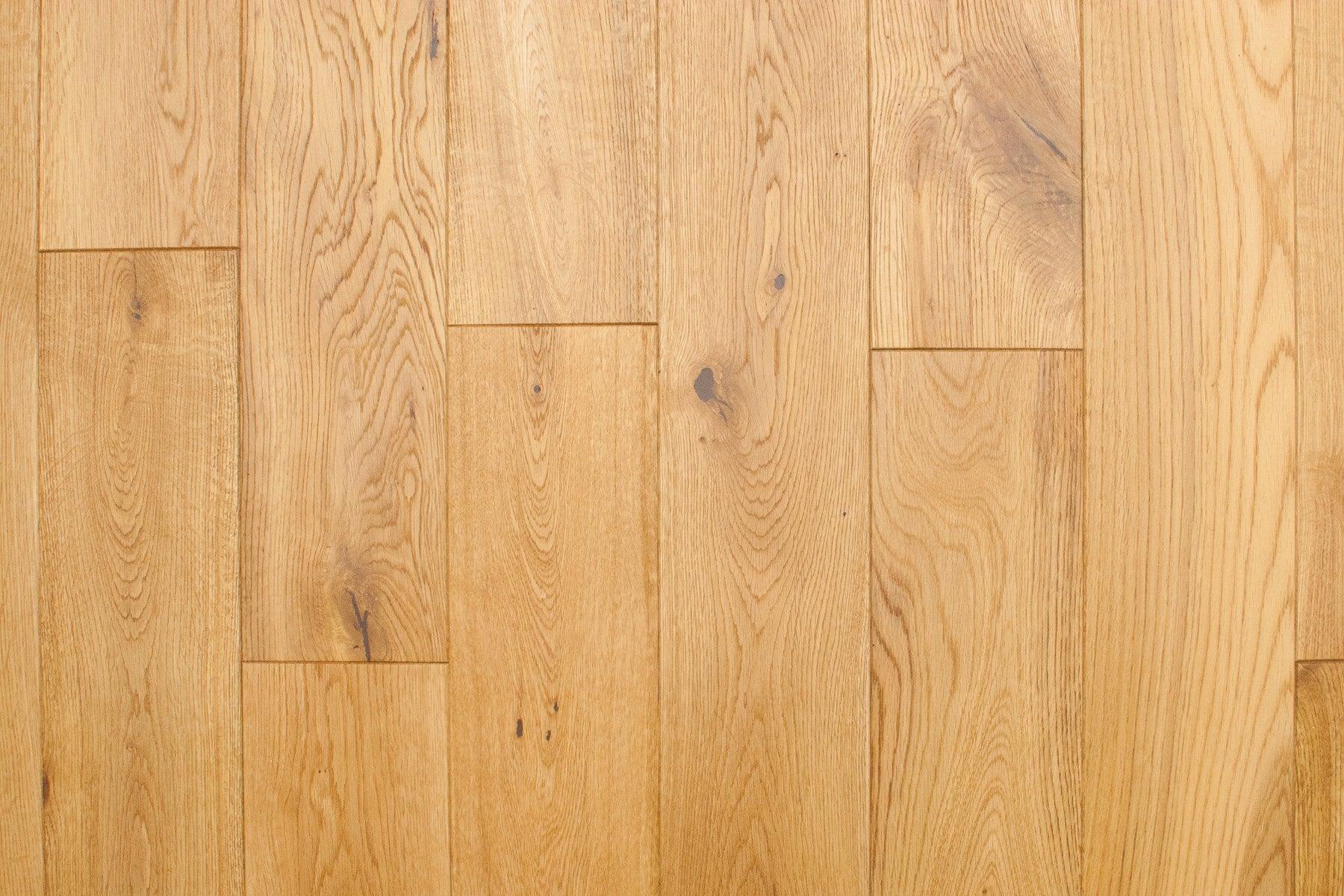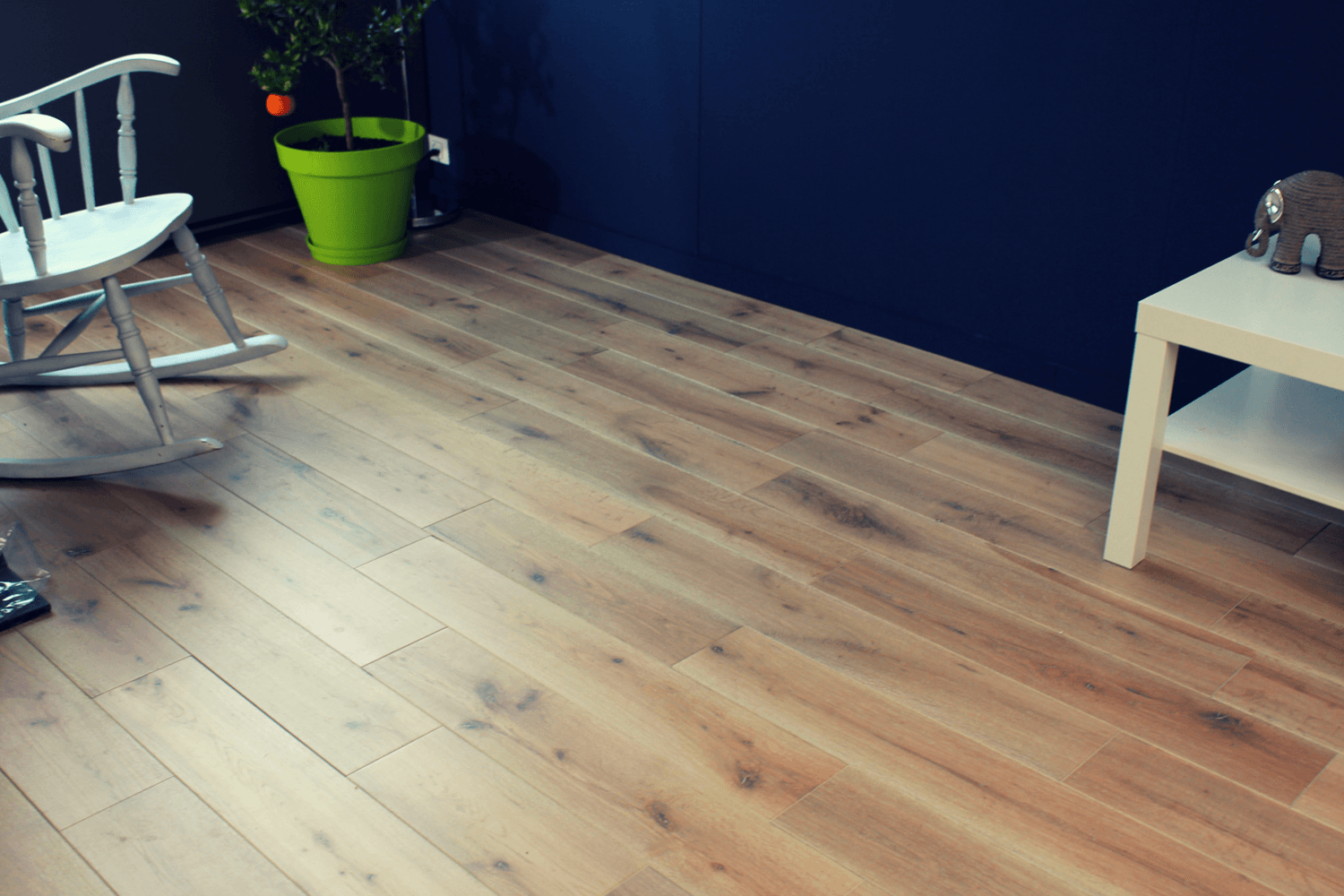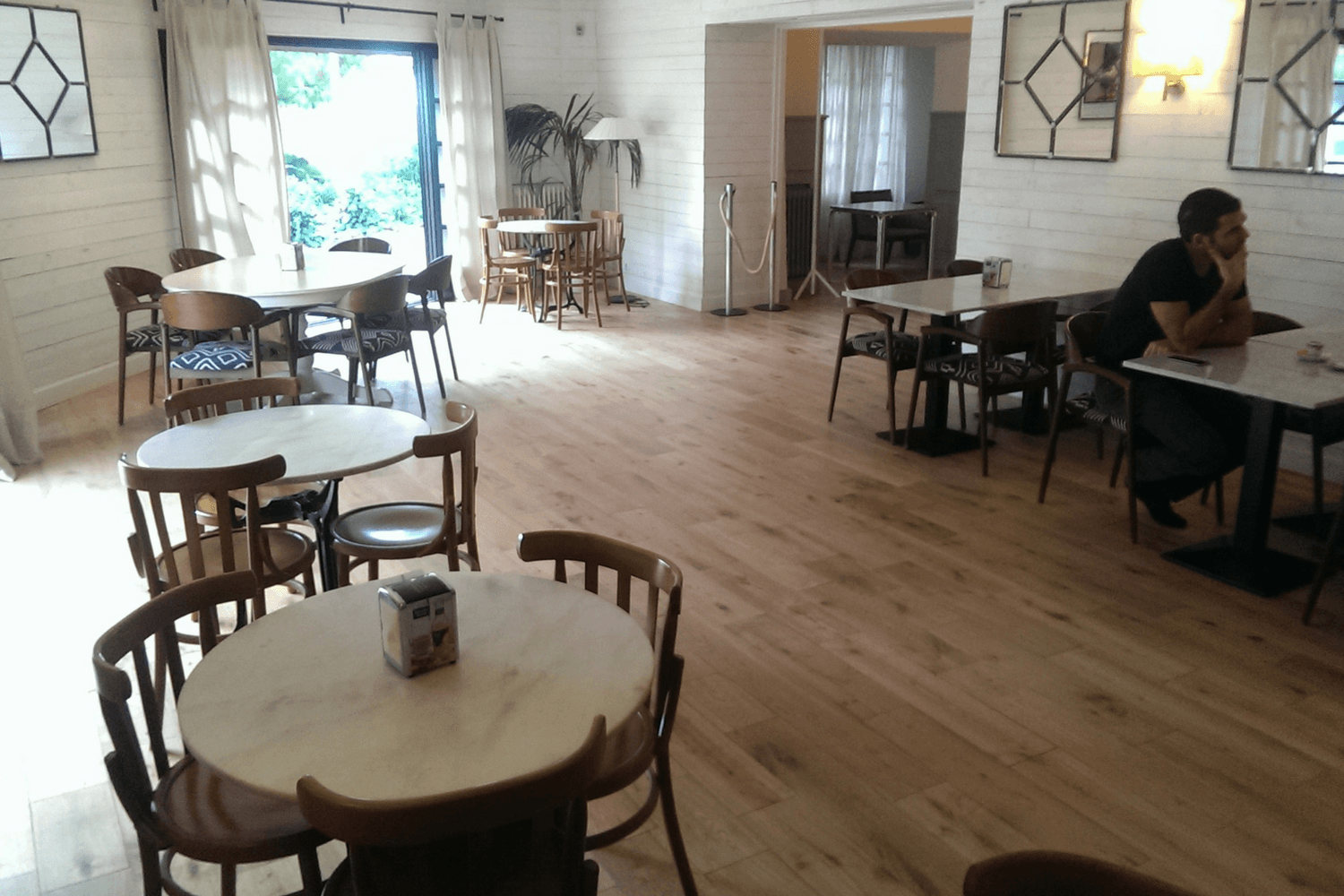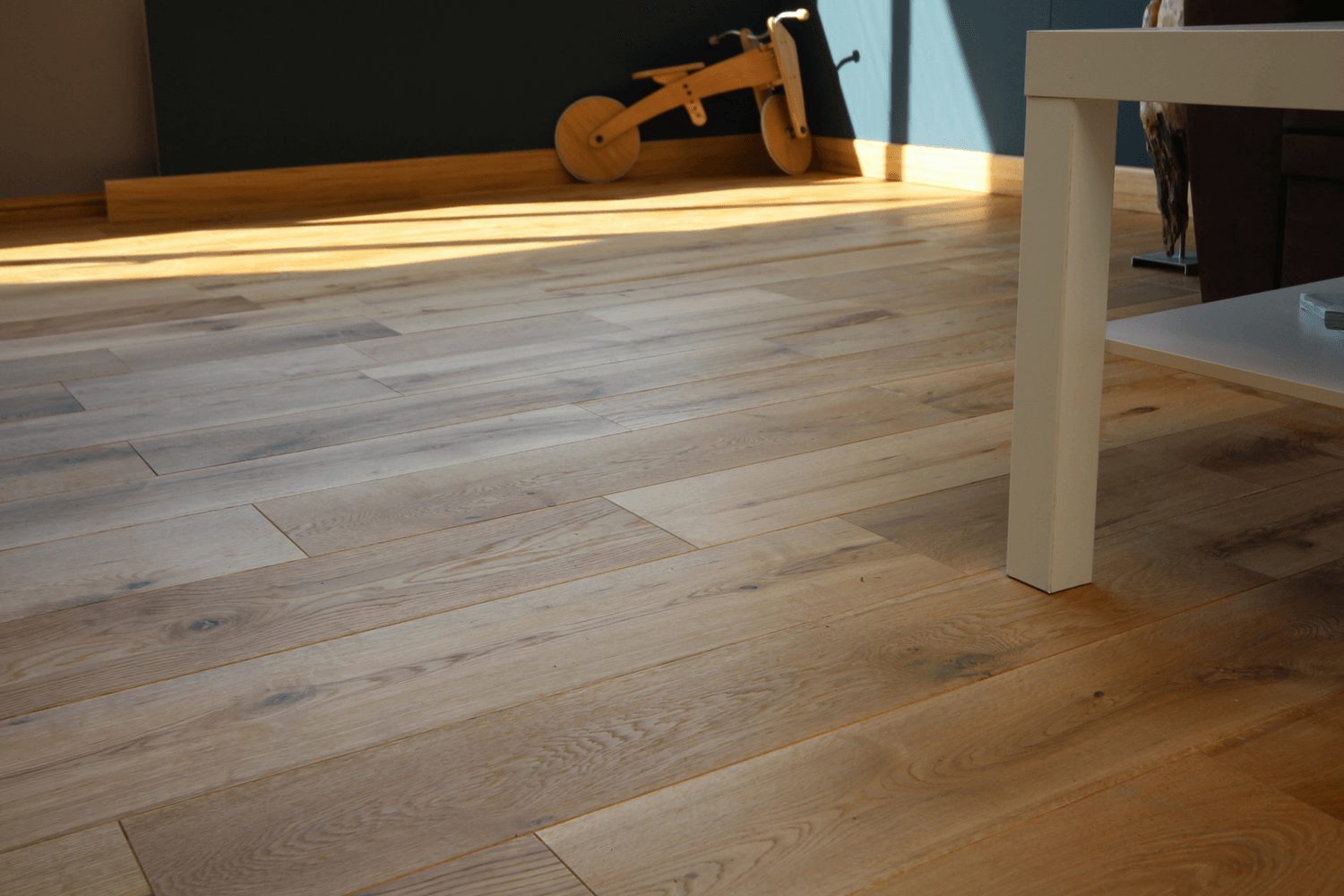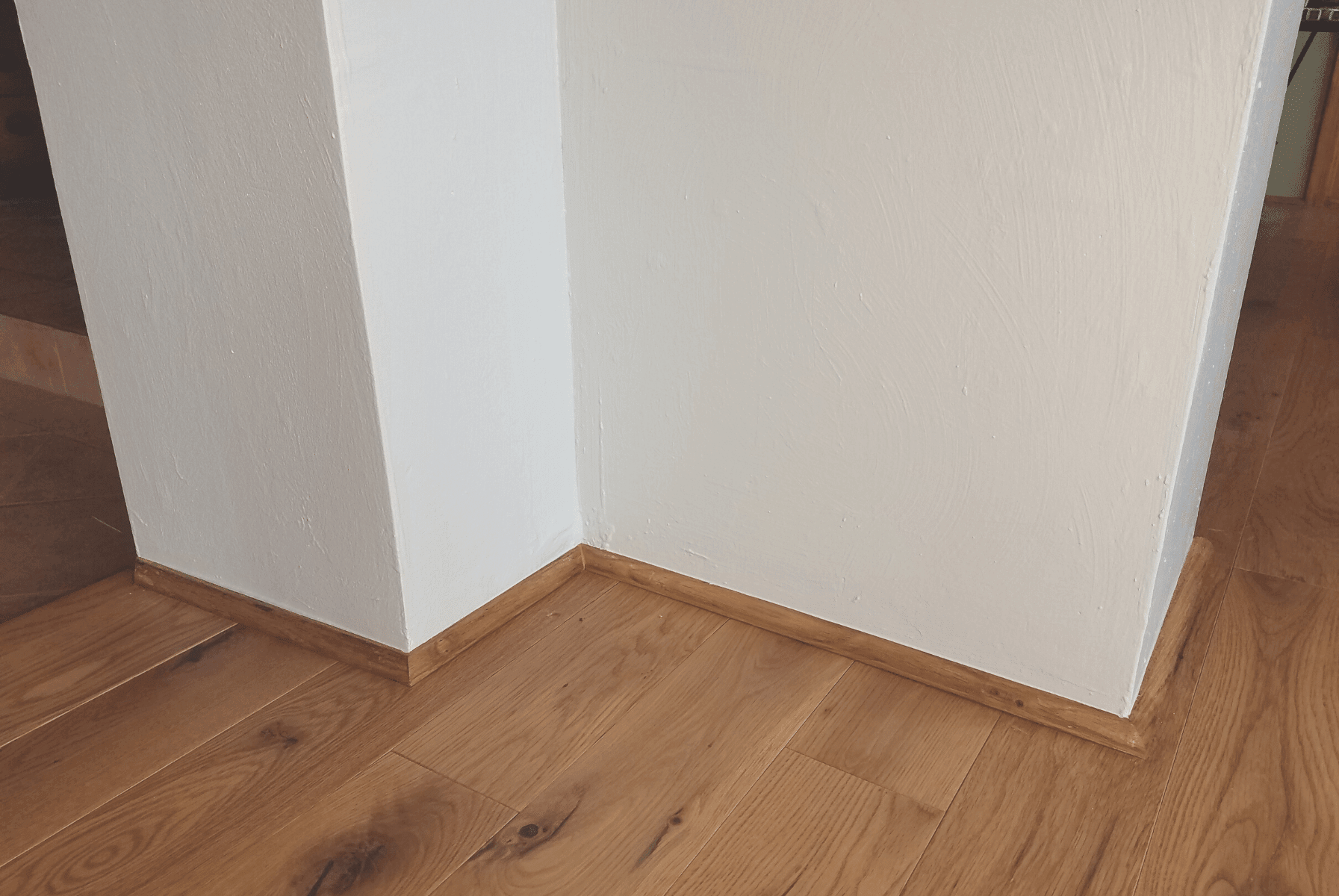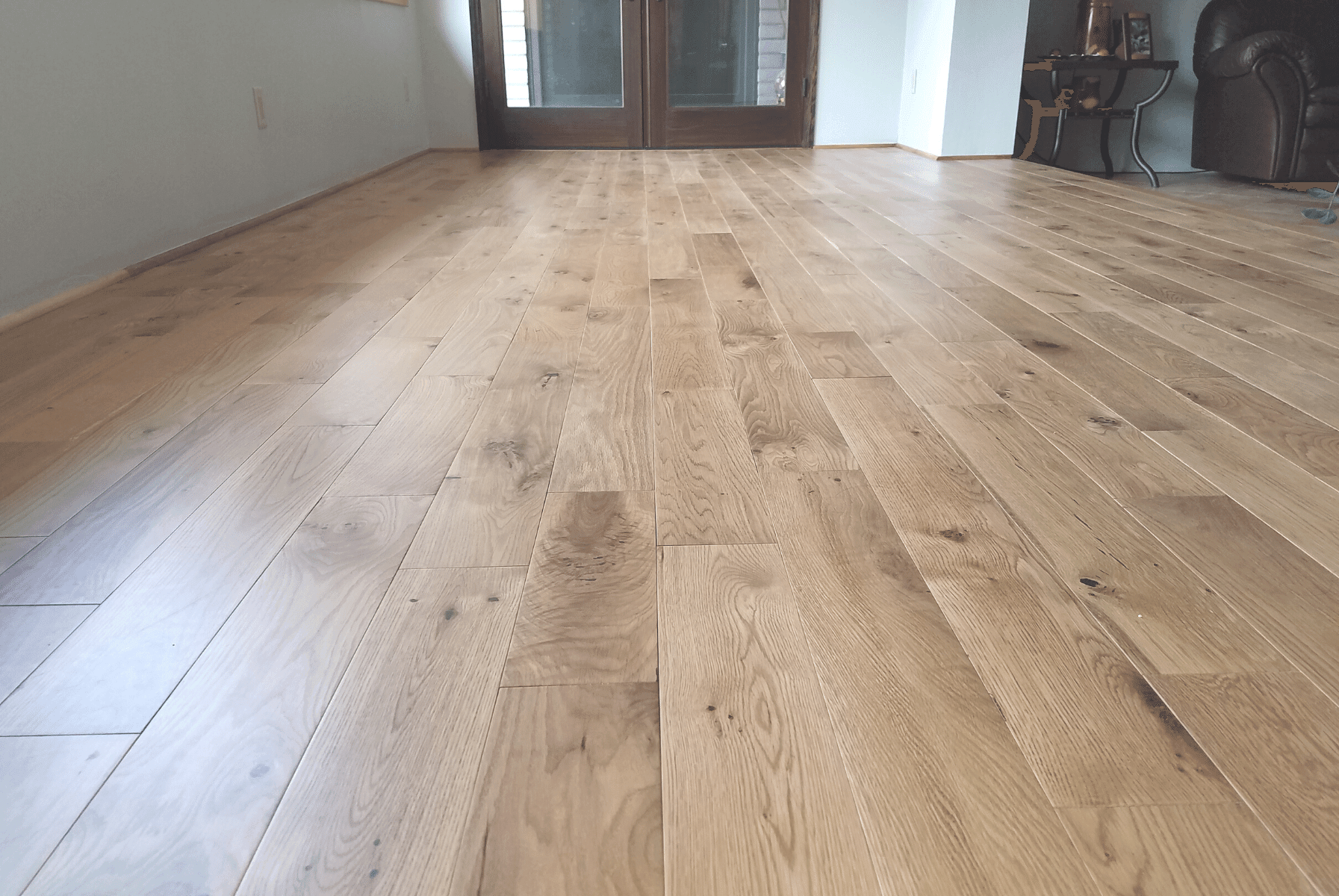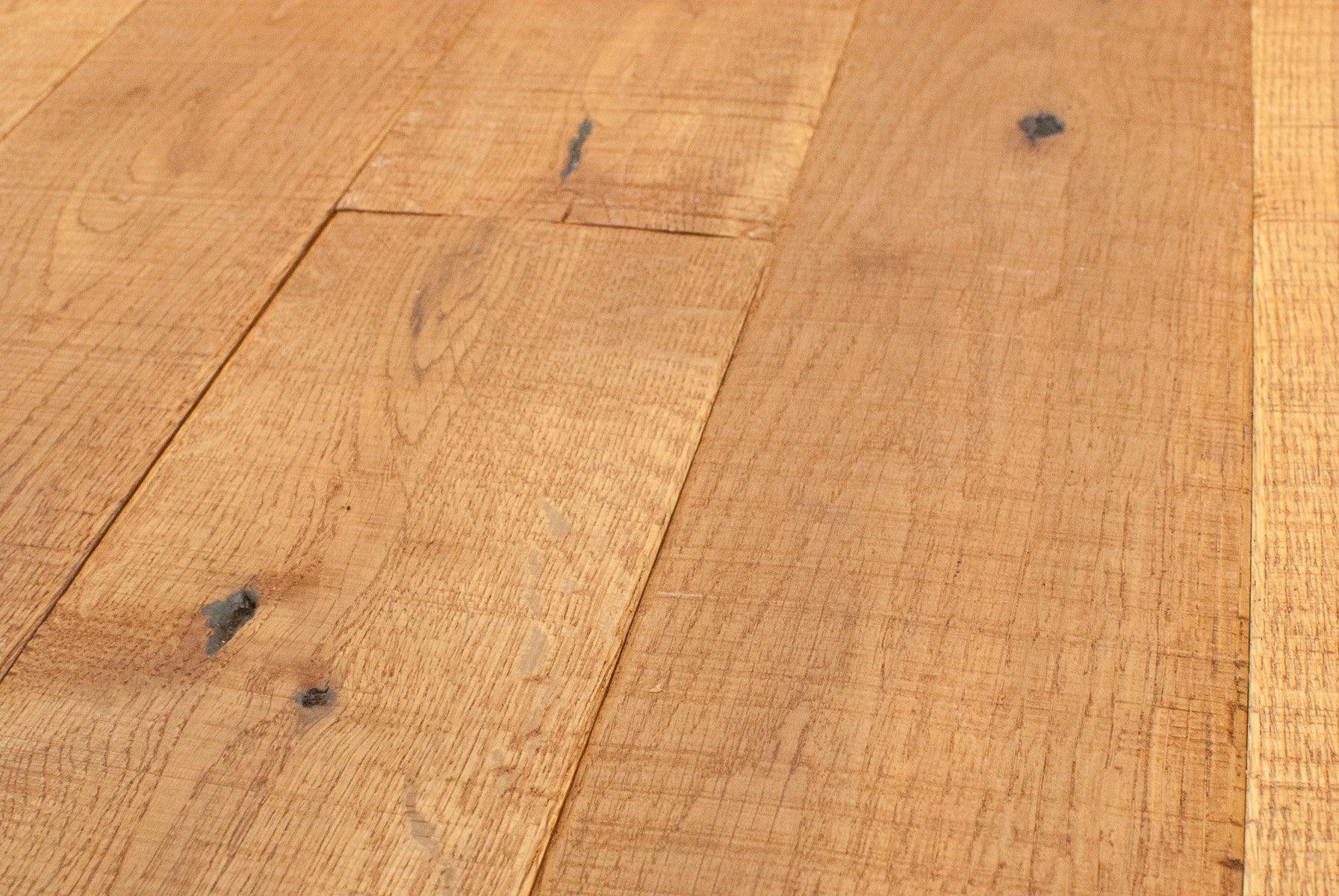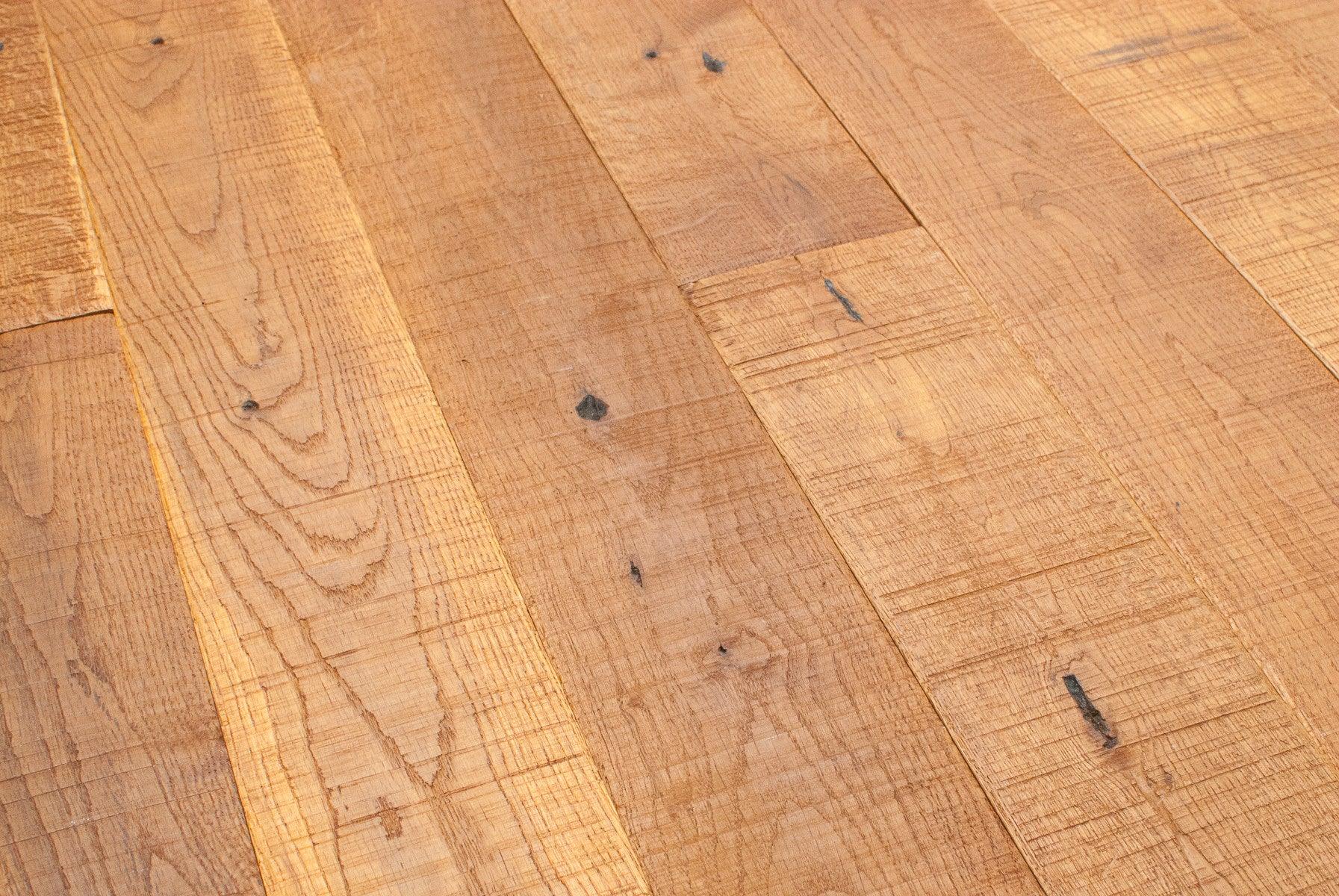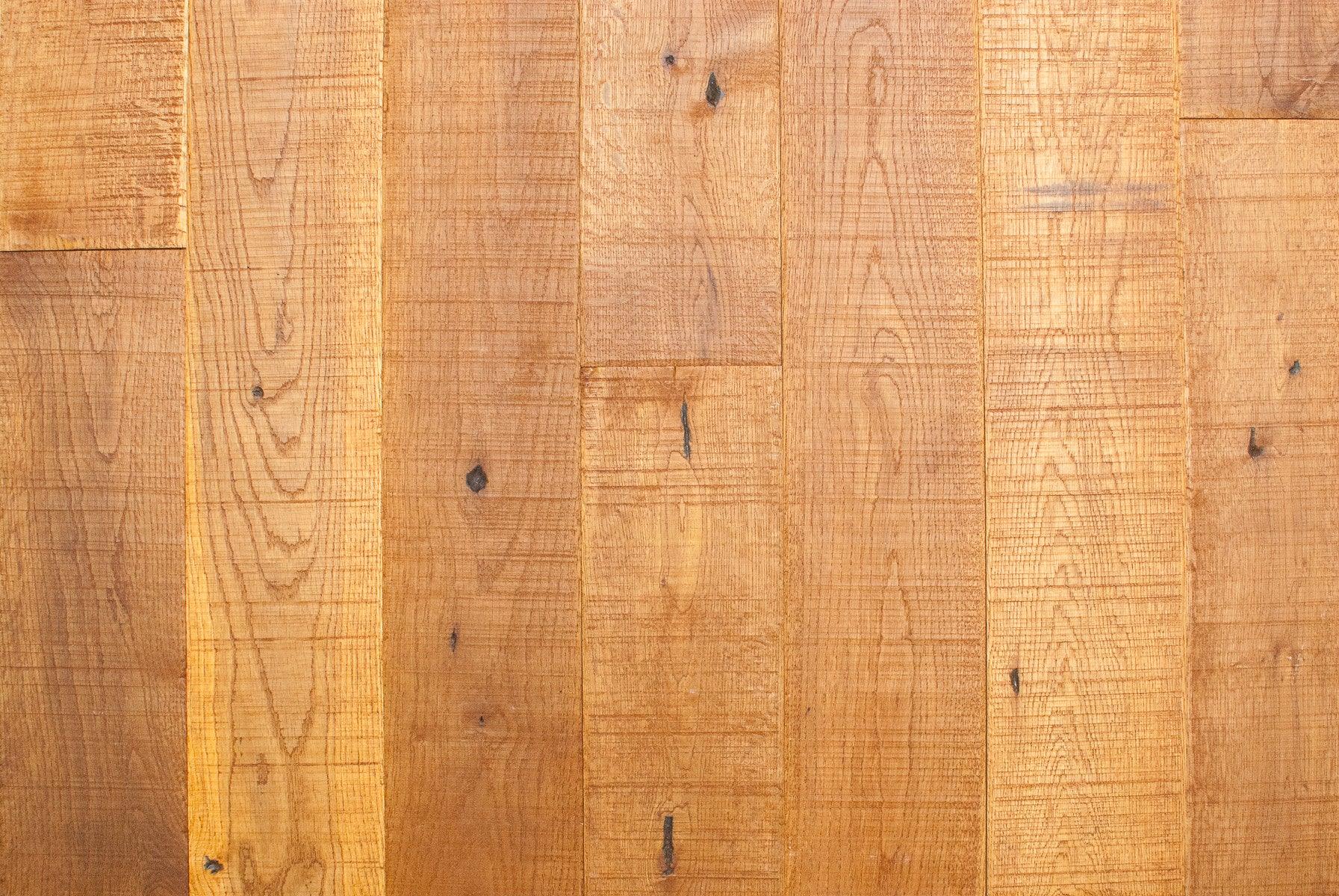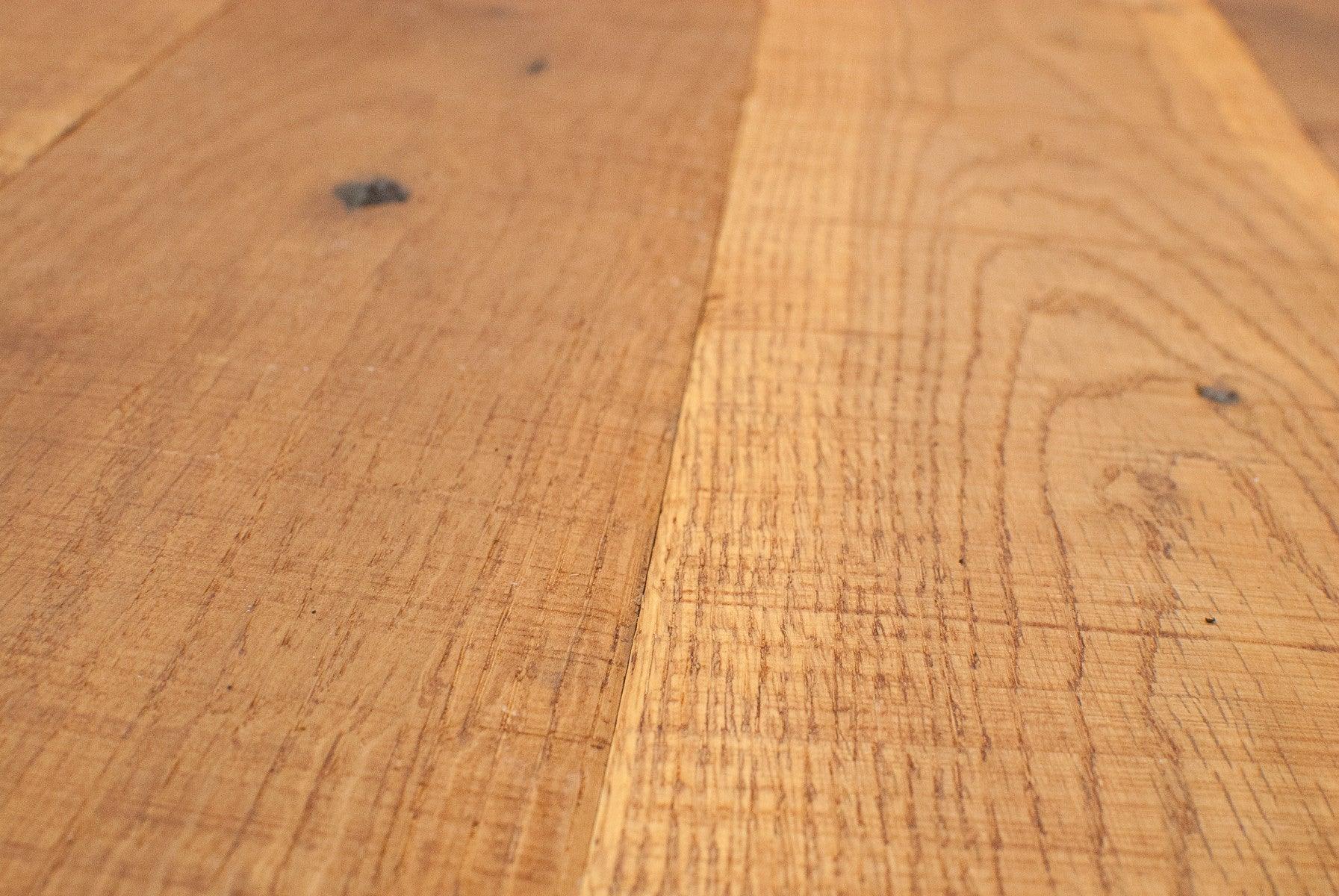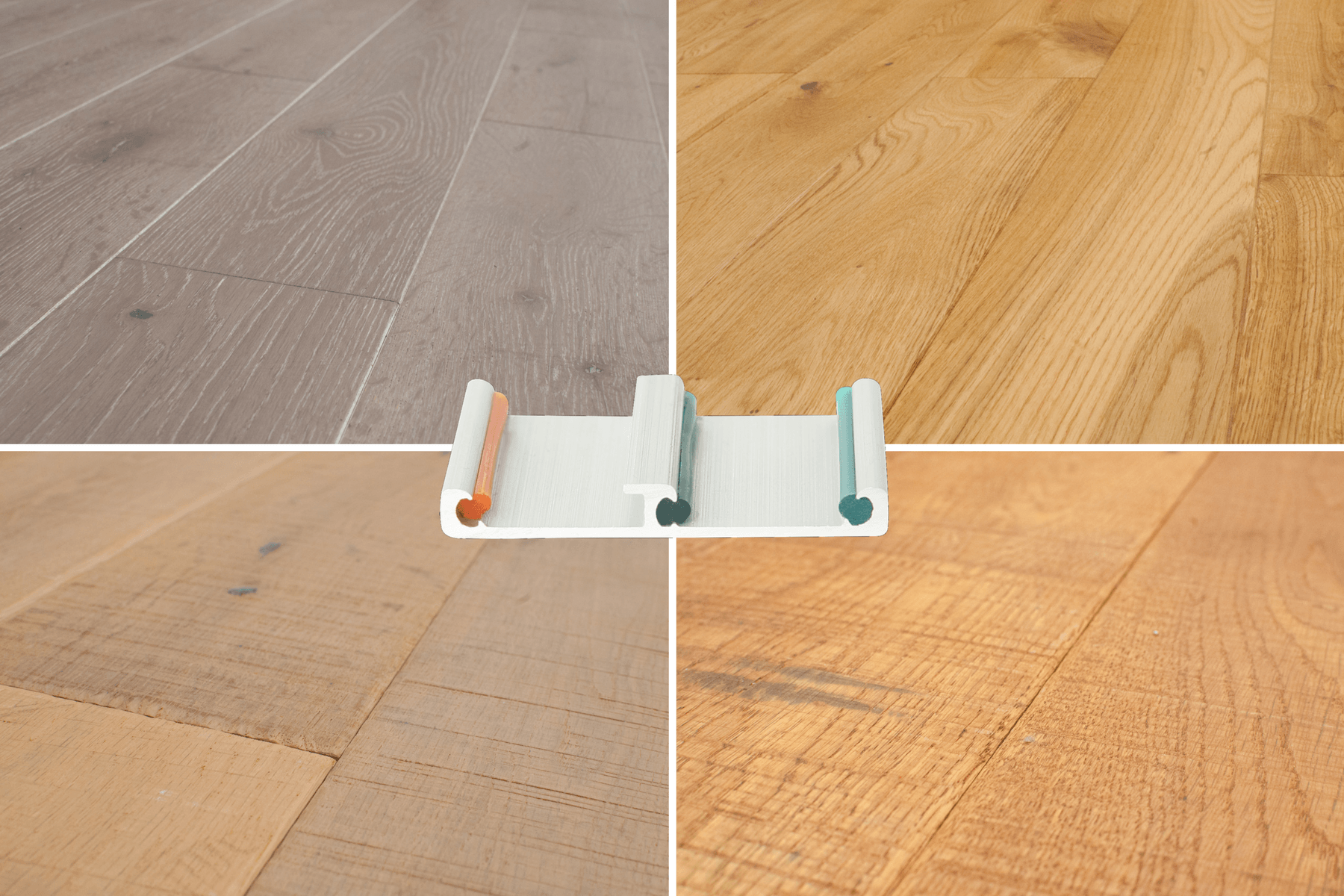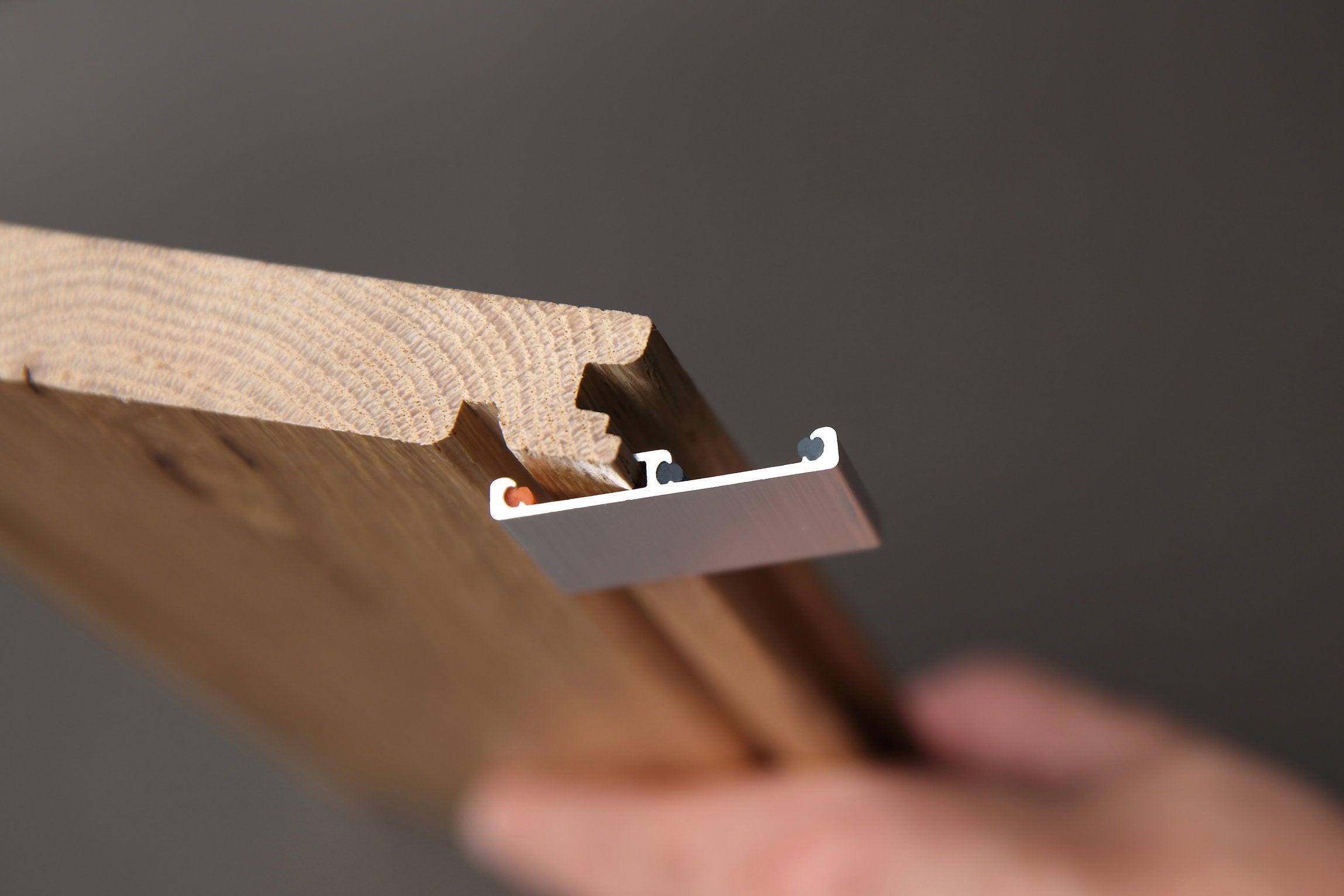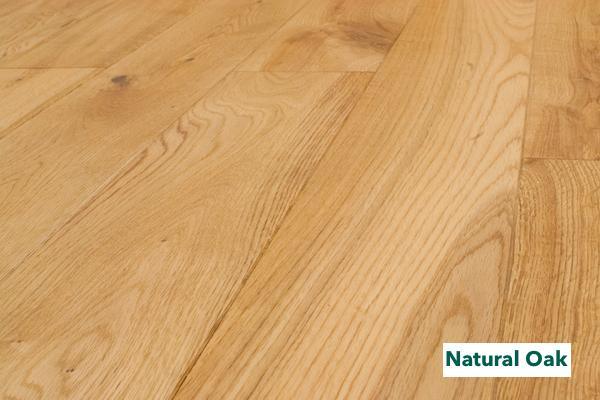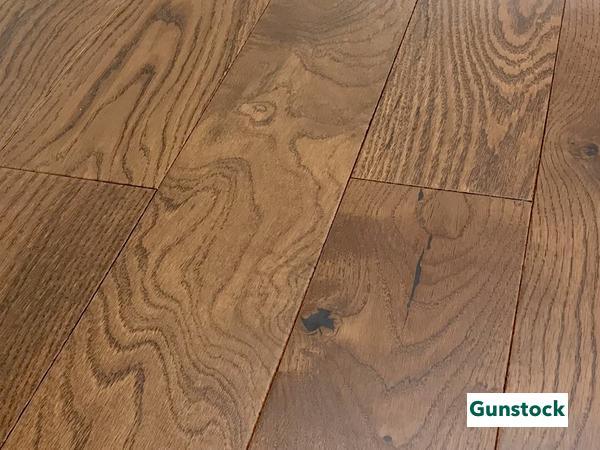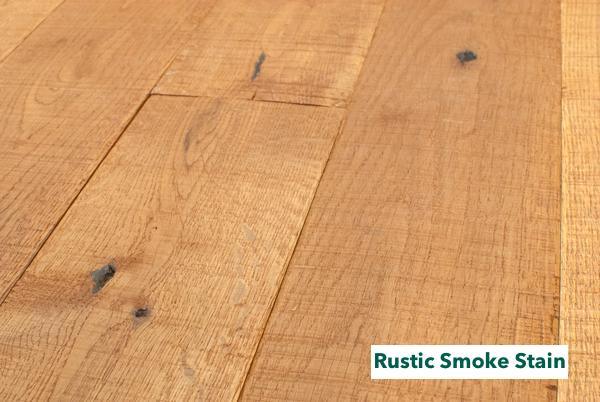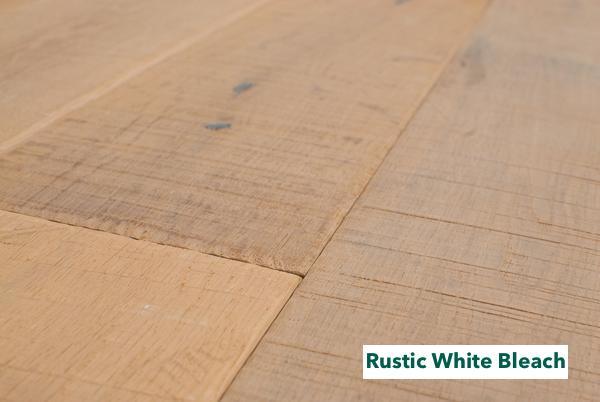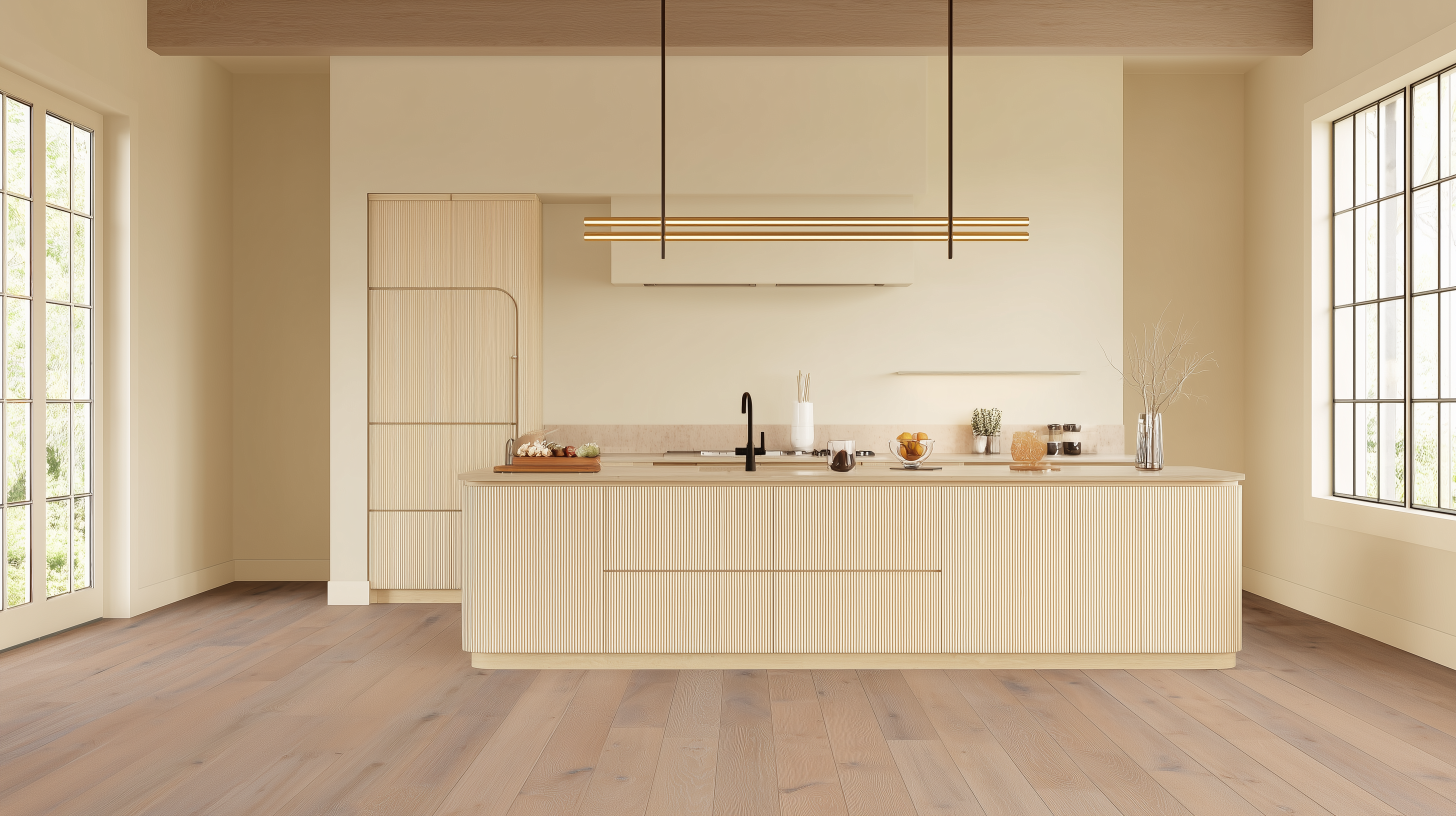A well-designed floor does more than span a room. It sets a tone, reflects natural light, and anchors your aesthetic from the ground up. But even the most beautiful hardwood can lose impact if punctuated by overlooked, builder-grade vent covers.
Wood floor vent covers are more than utility—they’re an opportunity to unify design with function. Whether you’re renovating a heritage home or designing a modern space from scratch, these often-forgotten details can become subtle design statements.
Before you settle for a standard grate, here’s everything you need to know about selecting vent covers that elevate rather than distract.
Why Floor Vent Covers Matter More Than You Think
Vents are the holes in the floor that allow heated or cooled air to pass into the room from your HVAC system. Covering the opening is the job of a wood floor vent cover. For this article, we’re going to concentrate on wood floors. Every floor with a vent, whether it’s vinyl, engineered wood, or concrete, needs a cover.
Register vs Vent Cover: What’s the Real Difference
Is there a difference between a register and a vent cover? Technically speaking, yes. Although most people use the terms interchangeably, a register allows you to open, close, and adjust the vent. A vent cover is always open. It’s like the difference between a screen door and a glass door. Most wood vent covers are not adjustable, so they are not registers.
Wood floor vent covers serve three purposes, to protect, diffuse, and accent:
- Covers protect people and objects from falling into the vent. They must be sturdy enough for someone to walk on it.
- Vent covers diffuse and direct the airflow into the room from the HVAC system.
- They must be attractive and should accent the floor’s design.
You can find metal or wood vent covers, depending on the look you want to achieve.
The most common type you see in newly built homes is the thin metal type with a small lever that opens and closes it. Typically, they have small fins pointing in two or three directions to direct the airflow. These inexpensive builder registers are weak and unattractive. They just cover the hole.
That’s not to say metal covers are bad. There are quality metal covers. The finishes can be copper, brass, or nickel and come in a wide variety of patterns. They accent the floor and overall design of the room.
A much better option is a wood cover. They come in standard sizes or can be custom-built to fit any size opening. The advantage of wood is that you can find one in the same species and color as the floorboards. They make the vent unnoticeable.
Design-Focused Options: 5 Types of Wood Vent Covers
There are different types of vents, depending on how they install. Each type affects the final look of the floor.
1. Self-Rimming Cover

This vent cover is available from Easiklip Floors
A self-rimming cover has a rim or flange that extends out beyond the hole, holding the cover in place. The rim prevents the cover from falling in. Also called a drop-in cover, the edges overlap the floor by 7/8″ on each side and install in the existing opening by dropping it in. It neatly conceals the cut edge of the finished flooring.
The disadvantage is that the vent cover is not flush with the floor; it sits slightly raised on top. Typically, vent locations are in inconspicuous places, out of the way of foot traffic, and it’s usually not an issue.
Hardwood floor vent covers can be as small as 2” by 10” or up to 6” by 14” for older, industrial spaces. When measuring, the outside dimensions will be larger than the HVAC duct opening. Be sure to use the exact opening dimensions when ordering.
2. Flush Mount Type

To guarantee a flush-fitting hardwood floor vent cover, manufacturers require a floor thickness between 5/16” to 3/4”. Otherwise, it will stick up and become an unsightly tripping hazard. If you’re installing new flooring, the flush mount model is an excellent choice. They lay flat with the surface of wood flooring, providing a smooth and seamless look. These vent covers come in many prefinished colors and a variety of unfinished wood like fir, oak, and hickory.
For the best fit, install flush mount hardwood floor vent covers at the same time as the floors. The reason is each side of the frame has a groove to match the tongue and groove of 3/4” flooring. But they can be added later too.
Some smaller, narrower models don’t use a frame like the regular flush mount. They fit into smaller openings and are easier to install in pre-existing floors.
3. Louvered or Register Style

As we talked about earlier, most metal vents are the louvered style. They feature small parallel slats or louvers running from one side to the other. They channel the airflow in two directions.
For louvered style, wooden vent covers can be flush mount or self-rimming. You can have custom vents made up to 200 inches and as wide as 15 inches. For strength and durability, it’s best to stay at 8 inches or narrower for wood covers.
4. Egg Crate or Grate Style

Egg crate hardwood floor covers consist of wood strips in a crisscross pattern creating perfect squares across the face of the cover. It’s both beautiful and strong. Also called yacht decking, it’s reminiscent of real wood hatch covers on old sailing ships.
The egg crate style can be flush or self-rimming.
5. The Linear Style
Think of the Linear Style as half of the egg crate pattern. It has only one set of slats running parallel to the length of the cover. Typically, these are for narrow but longer vent openings. Manufacturers can custom build them up to 300 inches long for commercial applications.
For Toe Kicks and Stair Risers: Subtle Yet Considered
Two other areas you may need an attractive wooden vent cover are toe kicks and stair risers. Sometimes, vents exit underneath or above a cabinet, or from under a stair. You can find toe kicks under the recess of the cabinet, dishwasher, an island, built-in bookcase, or stair.

Vertically mounted, they are typically narrow and long to fit under cabinets or stair steps. Flush mounted, and grate style is the best choice for these covers.
Decorative Metal Alternatives: Brass, Copper, and Cast Iron
Are you looking to accent your hardwood floors? Look at decorative vent covers made from metal. Some have simulated wood paint. Others are more artistic, using geometric patterns and the metal’s natural color.
The metal finish can be steel, cast iron, copper, or brass. The patterns are almost limitless. You can find grids, decorative swirls, and designs inspired by Victorian architecture.
A metal floor vent cover makes a decorative counterpoint to a natural wood floor.
Sizing, Fit, and Airflow: What to Measure First
In most cases, a vent is a standard size opening, 4” x 12”. However, you must measure before ordering. Here are the three dimensions you need:
- Length of the vent opening
- Width of the vent opening
- Thickness of the floorboards
The bottom of the vent should not touch the sub-floor and fit neatly inside or over the opening.
Ask Yourself These Questions Before Ordering
Vent covers made of wood will be thicker than metal, possibly reducing airflow. However, the linear style can increase the airflow because it’s more open. It’s best to discuss your HVAC system with a professional before deciding on a model of a vent cover.
Other Considerations
Before you buy any cover, consider these questions:
- Is one side of the opening against the wall?
You may need to cut one side if you are using a self-rimming style.
- Are the edges of the floor uneven?
A self-rimming vent will cover those rough edges. A flush mount cover may not be the best option.
- Do you want the vent to blend in or stand out as an accent?
If you want a wood floor vent cover to blend in, select the same species, and stain color to match. If the design purpose is to act as an accent, go with something in the opposite color palate or look at upscale metal vent covers.
Finish With Intention: Let the Details Speak
The mark of a thoughtful space is often in its smallest features. Vent covers may seem like a functional necessity, but they also hold the potential to become design punctuation. A matching white oak flush mount can disappear seamlessly beneath your feet. A sculptural metal grate can echo the lines of a stair railing or mid-century light fixture.
So before you finalize your flooring project, take a moment to pause and reconsider the vents. A few inches of attention here can ground your entire aesthetic.
Easiklip offers handcrafted white oak vent covers built from the same hardwood we use in our solid flooring. Whether you’re after an invisible match or an intentional accent, our covers are available in both 3"x10" and 4"x10" sizes with self-rimming profiles that complement any Easiklip floor.
Explore Easiklip Vent Covers or Request a Sample to see the craftsmanship up close.
